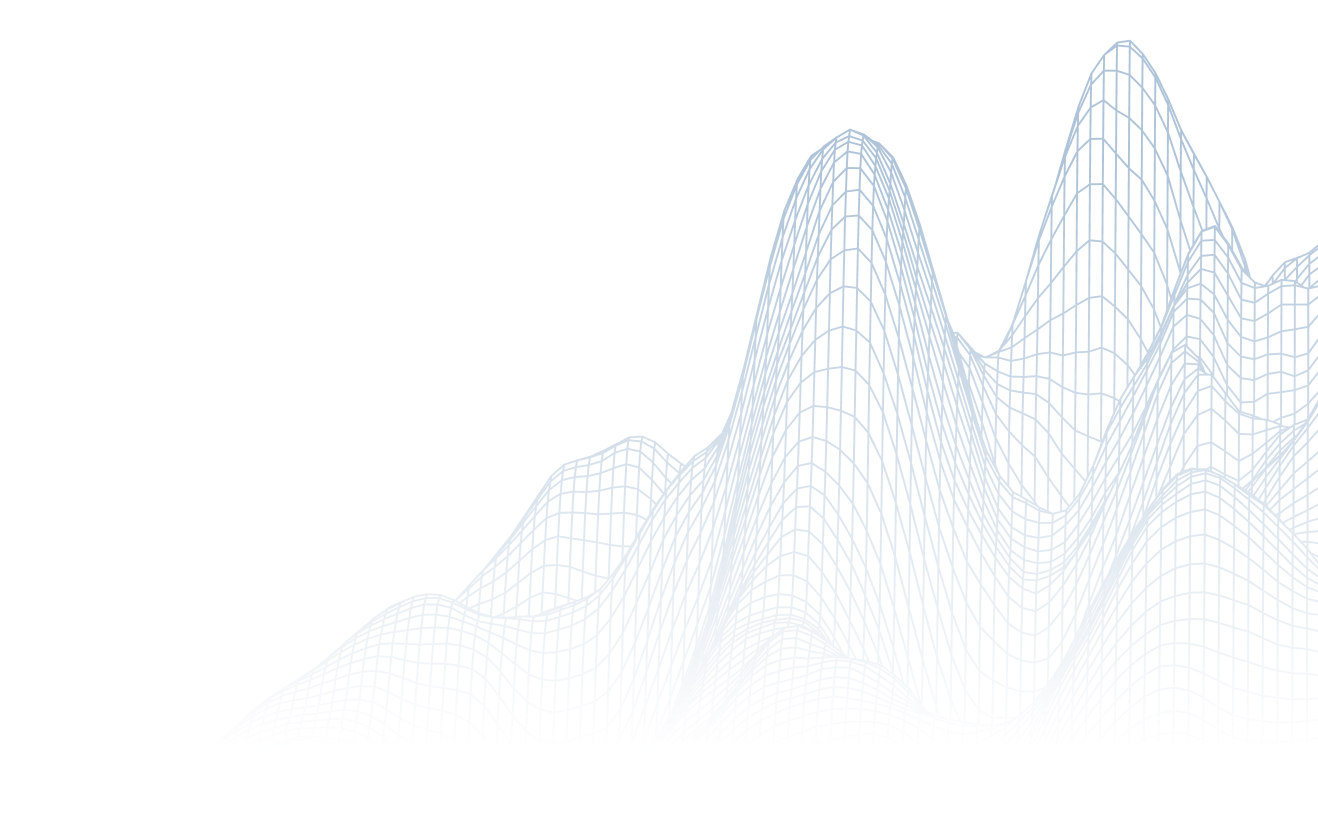
Cybersecurity risk assessment services
NuHarbor delivers cyber risk assessment services that go beyond checklists, giving you a clear, prioritized understanding of where your security gaps are, what risks matter most, and how to fix them.
Whether you're preparing for an audit, meeting regulatory obligations, or reducing real-world threats, we tailor each cyber risk assessment service engagement to your business, not a generic template.
- Assessments aligned to NIST, CIS, ISO, CJIS, HIPPA, and more
- Enterprise risk, vendor risk, and control gap assessments available
- Clear, prioritized recommendations delivered by experienced consultants
-
Optional follow-up services for remediation, advisory, and managed support
“NuHarbor assessments provide visibility into our third-party risk exposure. We don't have the internal resources to conduct yearly assessments of our 40+ vendors. These valuable insights inform the decisions we make when choosing and managing partnerships.”
Key benefits of NuHarbor's cyber risk assessment services
Our cyber risk assessment services are built to do more than check a box. We give you clarity, prioritization, and confidence. This will help you reduce risk, meet mandates, and mature your security program through expert insight and tailored guidance.
Risk-driven, not just checkbox driven
We assess threats in the context of your business, not a generic template.
Framework-aligned for audit and compliance readiness
We assess risk against NIST, ISO, CJIS, HIPAA, and other frameworks to support your regulatory posture.
Actionable, prioritized recommendations
We prioritize findings by likelihood and consequence, providing clear next steps tied to your mission and operations.
Delivered by practitioners, not paper pushers
Our assessments are led by consultants who understand governance, operations, and real-world constraints.
Program & control effectiveness assessment
Security programs often look complete on paper but break down in practice. This assessment evaluates whether controls, processes, and governance mechanisms are working as intended under real conditions.
The goal is not to check for policy existence, but to understand whether security efforts are producing reliable, repeatable outcomes.
- Control operation in practice: Determine whether controls function consistently, not just nominally.
- Process reliability: Evaluate how incidents, changes, and exceptions are handled.
- Program maturity indicators: Identify gaps that limit scale, consistency, or resilience.


Risk prioritization & remediation planning
Identifying risk is only valuable if it leads to action. NuHarbor helps organizations translate assessment findings into clear, achievable remediation priorities that align with resources, constraints, and business objectives.
This service focuses on helping leadership decide what to address first, what can wait, and where investment will have the greatest impact.
- Risk-ranked remediation guidance: Focus effort on the most consequential issues.
- Practical sequencing: Account for dependencies, effort, and operational disruption.
- Decision-ready roadmaps: Support budgeting, planning, and accountability.
Third-party risk assessments
Cyber risk increasingly enters organizations through vendors, service providers, and shared infrastructure rather than direct attacks on internal systems. Third-party and dependency risk assessments focus on understanding how external relationships introduce risk and where oversight gaps create exposure.
NuHarbor evaluates third-party risk in the context of how your organization actually operates, prioritizing vendors and dependencies that support critical services, sensitive data, and core business functions.
- Identify risk concentration: Understand which vendors, partners, or shared services represent the greatest exposure.
- Evaluate oversight and governance: Review how third-party security expectations are defined, monitored, and enforced.
- Assess operational dependency risk: Examine reliance on external systems that could impact availability or continuity.
- Support procurement and renewal decisions: Provide risk-based insights that inform contracting, renewals, and remediation requirements.
- Strengthen defensibility: Create documented evidence of third-party risk evaluation for audits and stakeholder review.


Our approach
Our cyber risk assessment service process is designed to give you clarity, not just data. We combine technical expertise with business context to identify the risks that matter, prioritize action, and help you make informed decisions that improve security and reduce exposure.
-
Define your goals, business contet, and compliance drivers
-
Identify assets, threats, and vulnerabilities across your environment
-
Analyze risk based on likelihood, impact, and control maturity
-
Deliver a clear, prioritized roadmap with tactical and strategic recommendations
-
Support remediation planning and next steps based on your resources and timeline
NuHarbor advantage
We don’t just assess risk, we help you understand it, prioritize it, and act on it.
NuHarbor delivers clear, defensible cyber risk assessment services backed by real practitioners, not just paper-driven checklists.
- Deep expertise across NIST, CIS Controls, ISO, and more
- Delivered by consultants with hands-on technical and governance experience
- Prioritized recommendations aligned to business impact and feasibility
- Trusted by public and private sector organizations nationwide
- Scalable services for enterprise, cloud, application, and third-party risk

Frequently asked questions
-
A cyber risk assessment is a structured evaluation of an organization’s security posture to identify risks that could impact systems, data, and operations. It examines how technology, processes, and people interact and where weaknesses may expose the organization to real world threats. The goal is to understand risk in business terms and prioritize actions that reduce the likelihood and impact of incidents.
-
Cyber risk assessments help organizations move from reactive security decisions to informed, defensible prioritization. By understanding where the most meaningful risks exist, leadership teams can allocate resources more effectively, reduce exposure to common attack paths, and communicate risk clearly to executives and stakeholders.
-
NuHarbor conducts cyber risk assessments that combine regulatory awareness, threat intelligence, and operational reality. We focus on identifying risks that are likely to be exploited and that would have measurable business impact, rather than producing theoretical findings. The result is a clear view of risk paired with practical guidance on what to address first.
-
A compliance assessment evaluates whether specific regulatory or framework requirements are met. A cyber risk assessment focuses on how security weaknesses could be exploited in the real world. NuHarbor often aligns both perspectives, ensuring organizations understand where compliance gaps overlap with actual risk and where additional security improvements are warranted beyond minimum requirements.
-
A NuHarbor cyber risk assessment evaluates governance, technical controls, identity and access management, vulnerability exposure, incident preparedness, and security operations. The assessment is tailored to the organization’s environment, industry, and risk profile rather than following a rigid checklist.
-
Cyber risk assessments should be repeated as environments and threats change. Technology upgrades, cloud adoption, staffing changes, and new attack techniques all affect risk. NuHarbor helps organizations establish a cadence for reassessment that supports ongoing risk management rather than point in time analysis.
-
The duration of a cyber risk assessment depends on the size and complexity of the environment. NuHarbor designs assessments to be thorough without disrupting operations, focusing on efficiency and clarity rather than extended data collection that delays outcomes.
-
Yes. NuHarbor delivers a prioritized roadmap that explains which risks matter most, why they matter, and how to address them. Recommendations are aligned to business impact and resource constraints so teams can take action without being overwhelmed.
-
Yes. NuHarbor translates technical findings into business level insights that executives and boards can understand. This helps leadership make informed decisions, justify investments, and demonstrate oversight of cybersecurity risk.
-
NuHarbor applies a risk based approach that emphasizes reducing the most risk with the resources available. Recommendations are designed to be realistic and achievable, helping organizations make defensible tradeoffs rather than chasing perfection.
-
After the assessment, NuHarbor can support remediation planning, validation of improvements, and ongoing advisory guidance. Some organizations use the assessment as a baseline for future maturity tracking or as input into managed security or compliance initiatives.
-
Cyber risk assessments are most effective when they involve IT, security, and business stakeholders. NuHarbor works across teams to ensure findings reflect how systems are actually used and how risk impacts operations, not just technical configurations.
-
Organizations gain a clear understanding of their most significant risks, a practical plan for improvement, and confidence that security decisions are grounded in real world threat exposure. The assessment provides a defensible foundation for improving security posture and communicating risk across the organization.
Explore similar services

Resources
We make understanding and staying up to date with cybersecurity trends easier. By sharing our robust expertise, knowledge, and tools, we help you protect what matters most.

Explore comprehensive cybersecurity protection today
-
Consult with an expert
Talk to one of our cybersecurity experts so we can better understand your needs and how we can help.
-
Agree on a plan
Based on your objectives we’ll create a tailored plan to meet your cybersecurity needs.
-
Start maximizing your protection
Experience peace of mind knowing what matters most is secure.


